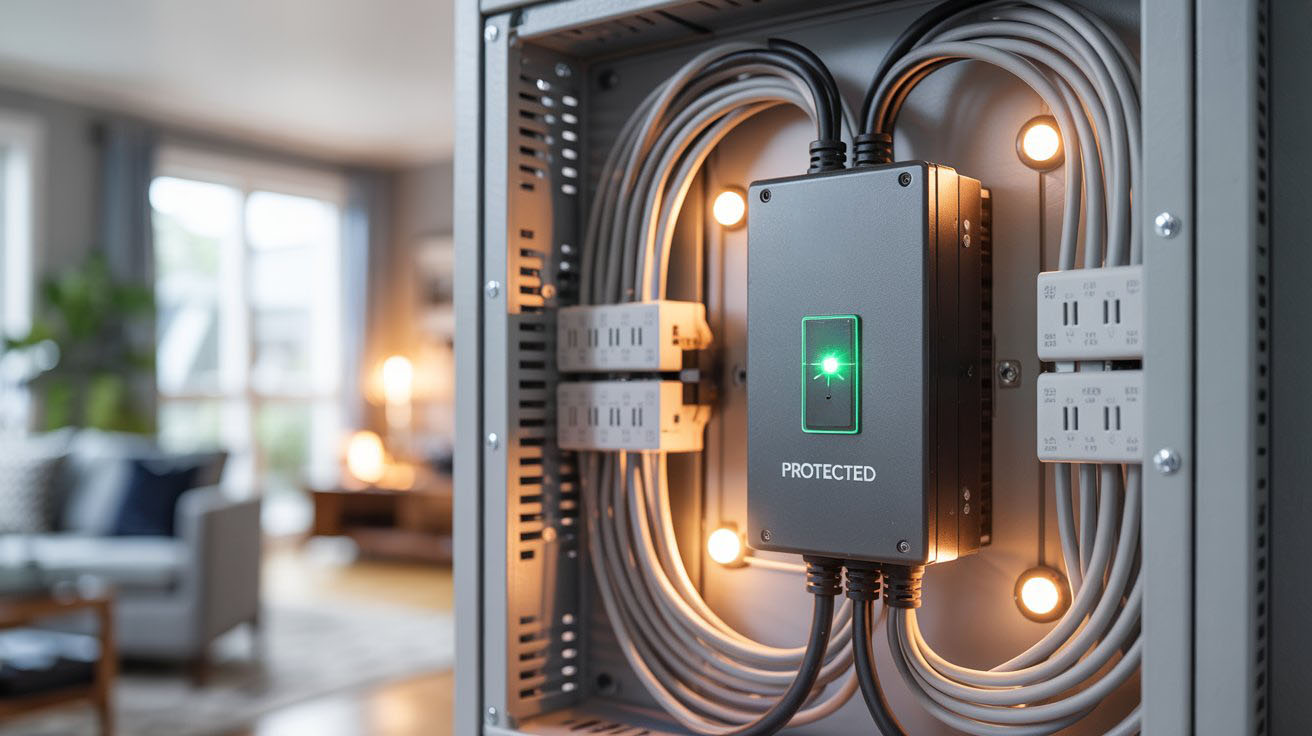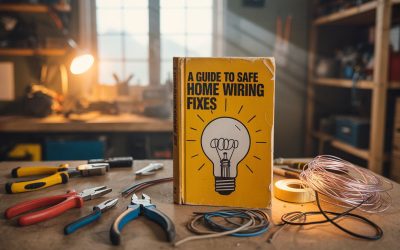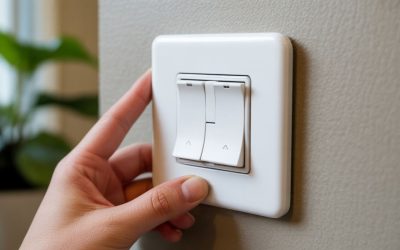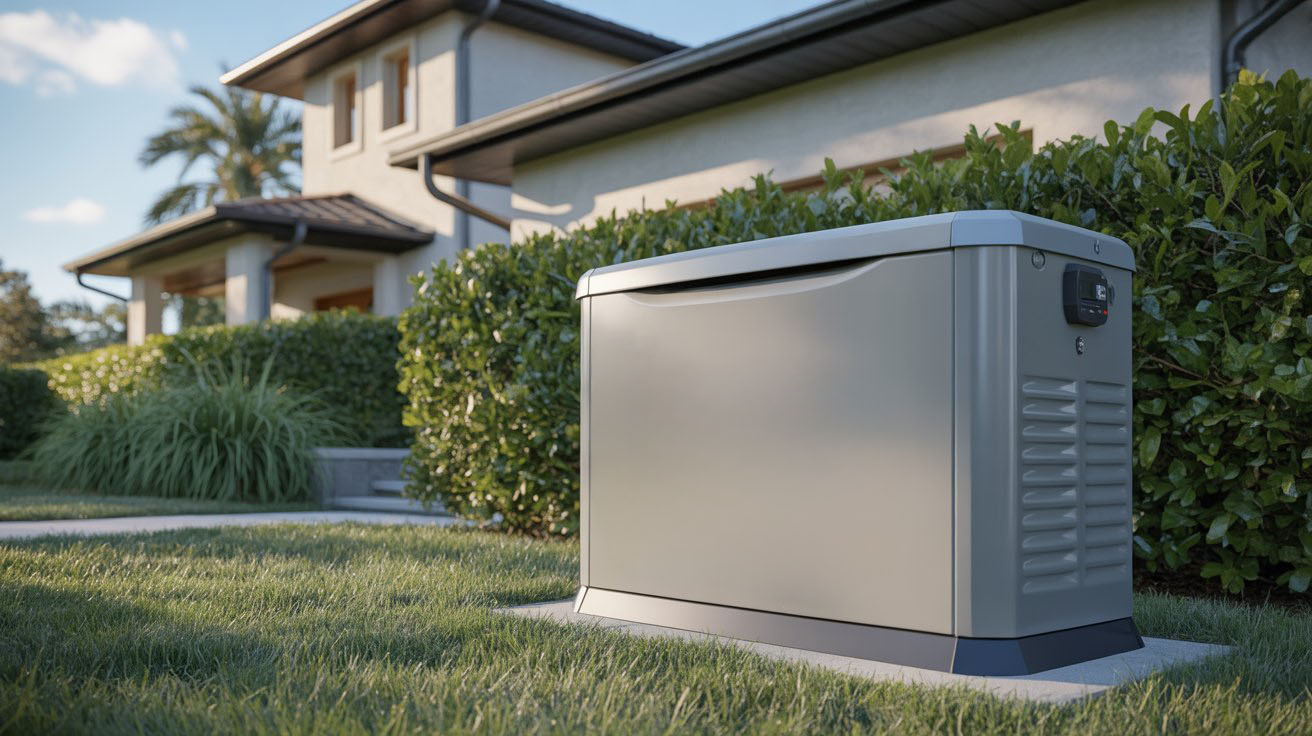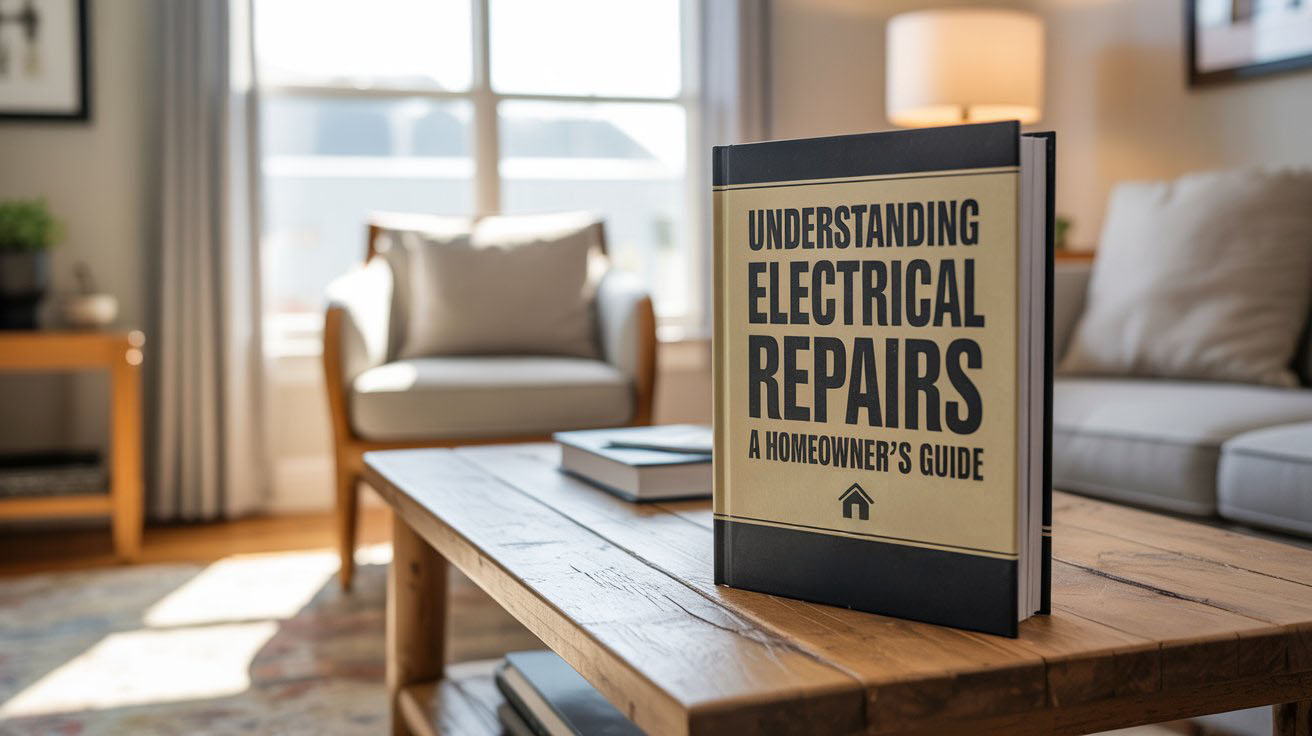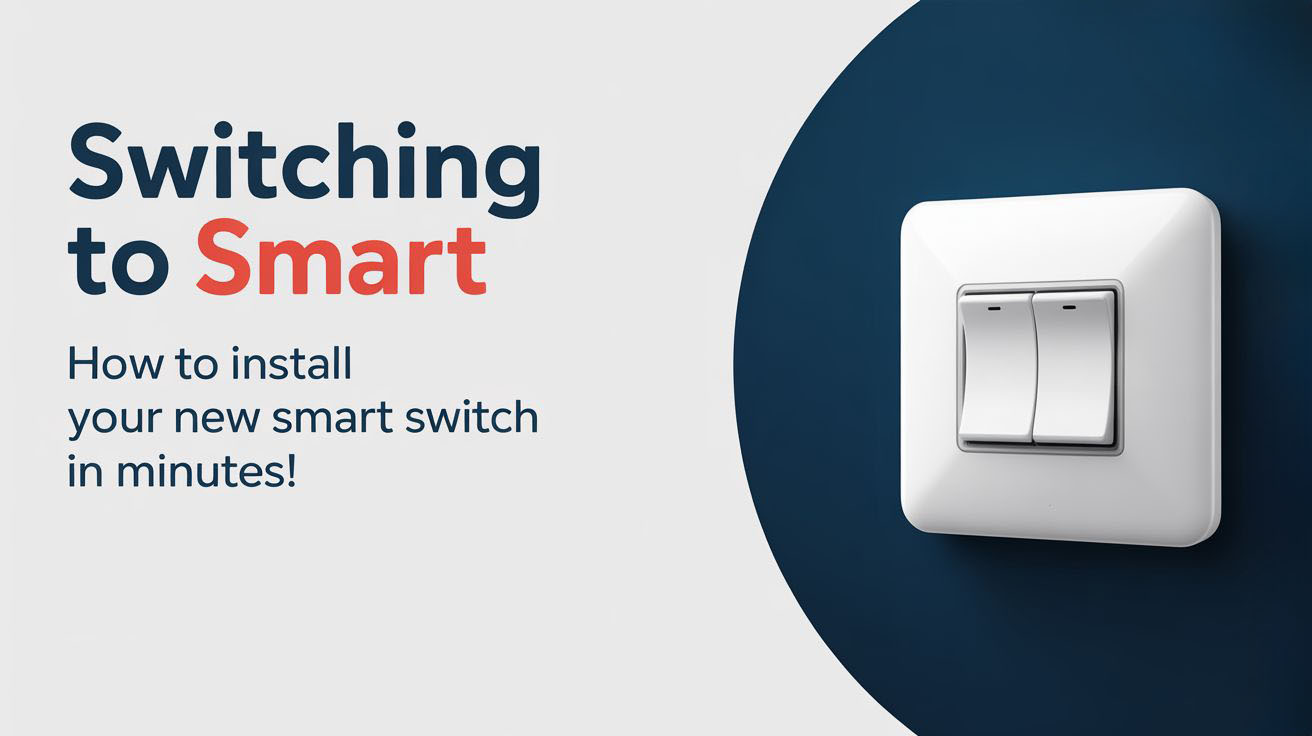Homeowners often overlook the need for surge protection, believing their devices are safe from unexpected power spikes. However, protecting your home and electronic devices from damage is essential. A whole house surge protector can be a simple and effective solution to safeguard your investment.
Table of Contents
- Understanding Surge Protection
- Benefits of Whole House Surge Protectors
- Installation Tips
- Key Takeaways
- FAQ
- Take Action
Understanding Surge Protection
Surge protection is an essential part of electrical safety. It helps to defend your home against sudden increases in voltage. Such surges can come from various sources, including lightning strikes, power outages, and even faulty wiring in your home. These events can harm your electrical devices, leading to costly repairs or replacements.
A whole house surge protector acts as the first line of defense. Installed at your home’s main electrical panel, it protects all devices connected to your home’s electrical system. This helps you avoid the headache and financial burden of replacing appliances or electronics caused by power surges.
Benefits of Whole House Surge Protectors
Investing in a whole house surge protector offers many advantages:
- Comprehensive Protection: It guards all electrical outlets and devices in your home.
- Cost Savings: Prevents damage to appliances, which can be expensive to replace.
- Increased Lifespan: Protects sensitive electronics and extends their life.
- Enhanced Safety: Reduces the risk of electrical fires caused by surges.
- Peace of Mind: Knowing your home is protected against unexpected surges adds comfort.
Installation Tips
Installing a whole house surge protector is a task best left to professionals. Here are some key points to consider when getting it installed:
- Choose the Right Model: Not all surge protectors are the same. Look for models that offer a high joule rating, indicating better surge absorption.
- Hire a Qualified Electrician: Ensure that a licensed electrician installs the device. Proper installation is crucial for optimal performance.
- Locate the Main Electrical Panel: The surge protector should be installed near your electrical panel for maximum efficiency and effectiveness.
- Follow Local Codes: Make sure that the installation meets local electrical codes and regulations.
After installation, it’s also essential to regularly check your surge protector to ensure it remains functional. Many units come with indicators that let you know when they need replacement.
Key Takeaways
- A whole house surge protector shields your home against electrical surges.
- It provides comprehensive protection for all devices connected to your electrical system.
- Professional installation ensures safety and compliance with local codes.
- Investing in surge protection saves money on appliance replacements.
- Regular maintenance checks are necessary for optimal performance.
FAQ
What is a whole house surge protector?
A whole house surge protector is a device installed at your main electrical panel to protect your home from voltage spikes.
How does a surge protector work?
It diverts excess voltage away from your appliances, either by absorbing it or grounding it, preventing damage.
Can I install a whole house surge protector myself?
No, it is recommended to have a licensed electrician perform the installation for safety and compliance.
How often should I replace my surge protector?
Surge protectors should be checked regularly, and many units need replacement every 3-5 years, depending on their usage and exposure to surges.
Do surge protectors work during a power outage?
No, surge protectors do not provide power during outages; they only protect devices when power returns after a surge.
Take the Next Step for Your Home’s Safety
Your home deserves the best protection against unexpected power surges. A whole house surge protector not only shields your devices but also offers peace of mind. Don’t leave your valuable electronics at risk. For expert installation and advice, Contact Us today and ensure your home is safe from electrical surges.

